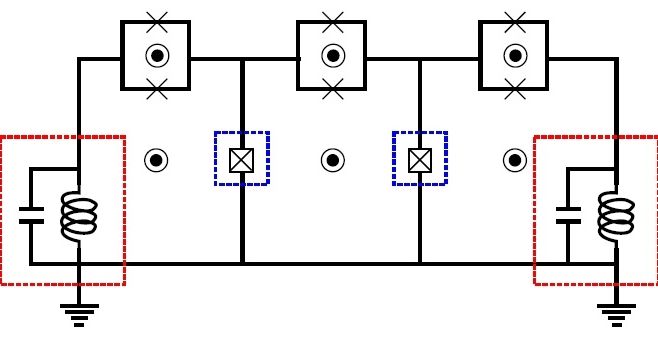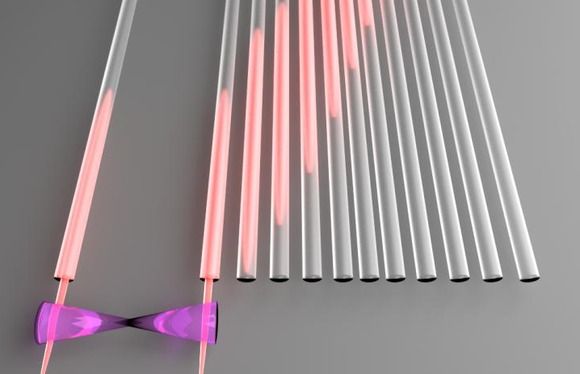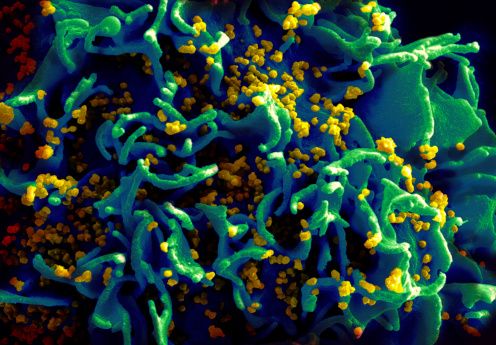Nice; however, I see also 3D printing along with machine learning being part of any cosmetic procedures and surgeries.
With an ever-increasing volume of electronic data being collected by the healthcare system, researchers are exploring the use of machine learning—a subfield of artificial intelligence—to improve medical care and patient outcomes. An overview of machine learning and some of the ways it could contribute to advancements in plastic surgery are presented in a special topic article in the May issue of Plastic and Reconstructive Surgery®, the official medical journal of the American Society of Plastic Surgeons (ASPS).
“Machine learning has the potential to become a powerful tool in plastic surgery, allowing surgeons to harness complex clinical data to help guide key clinical decision-making,” write Dr. Jonathan Kanevsky of McGill University, Montreal, and colleagues. They highlight some key areas in which machine learning and “Big Data” could contribute to progress in plastic and reconstructive surgery.
Machine Learning Shows Promise in Plastic Surgery Research and Practice
Machine learning analyzes historical data to develop algorithms capable of knowledge acquisition. Dr. Kanevsky and coauthors write, “Machine learning has already been applied, with great success, to process large amounts of complex data in medicine and surgery.” Projects with healthcare applications include the IBM Watson Health cognitive computing system and the American College of Surgeons’ National Surgical Quality Improvement Program.







